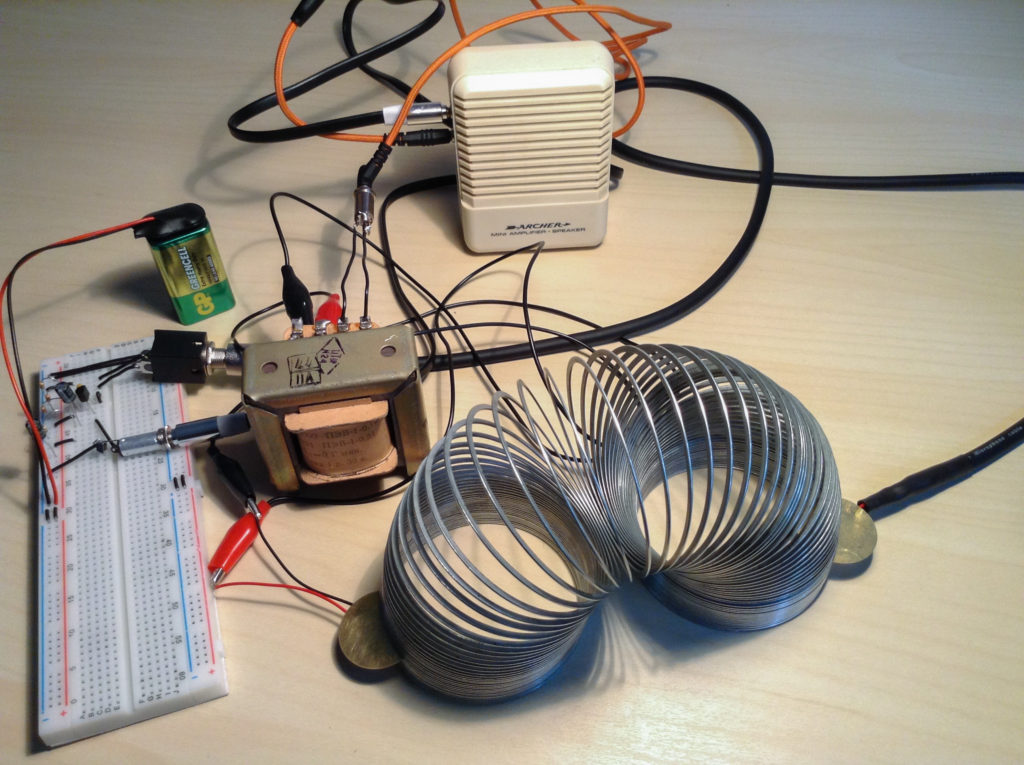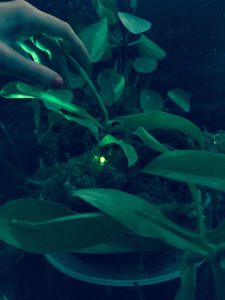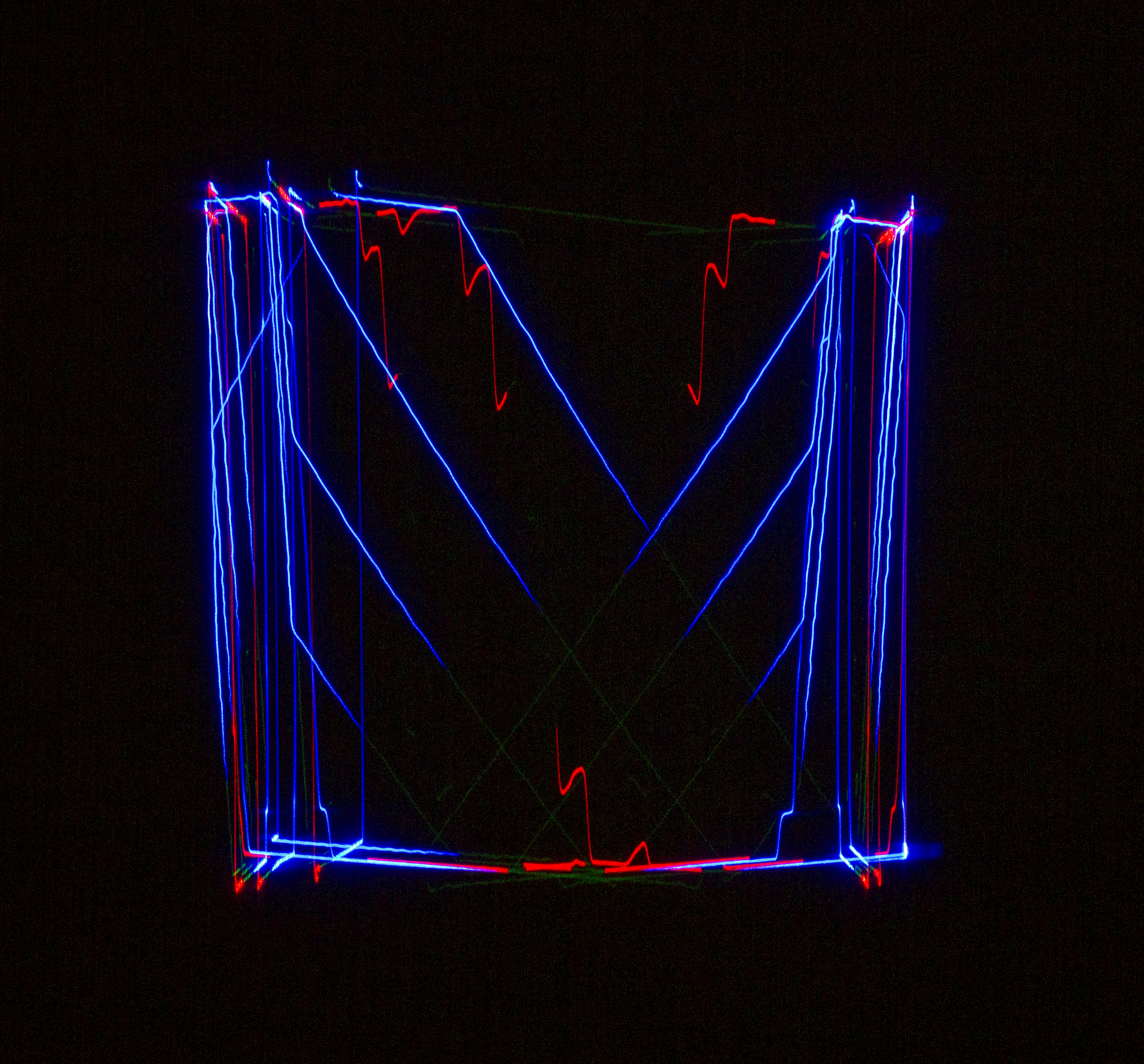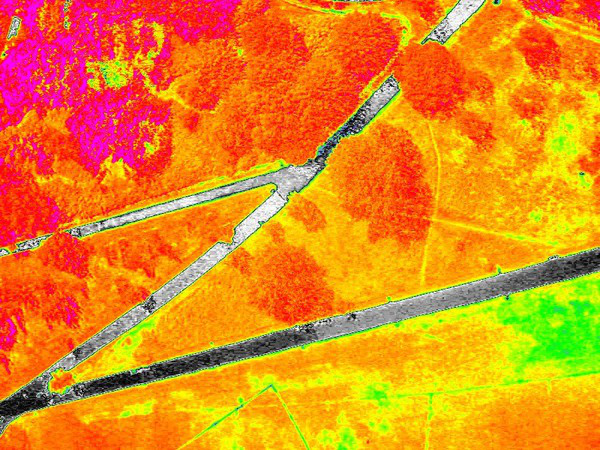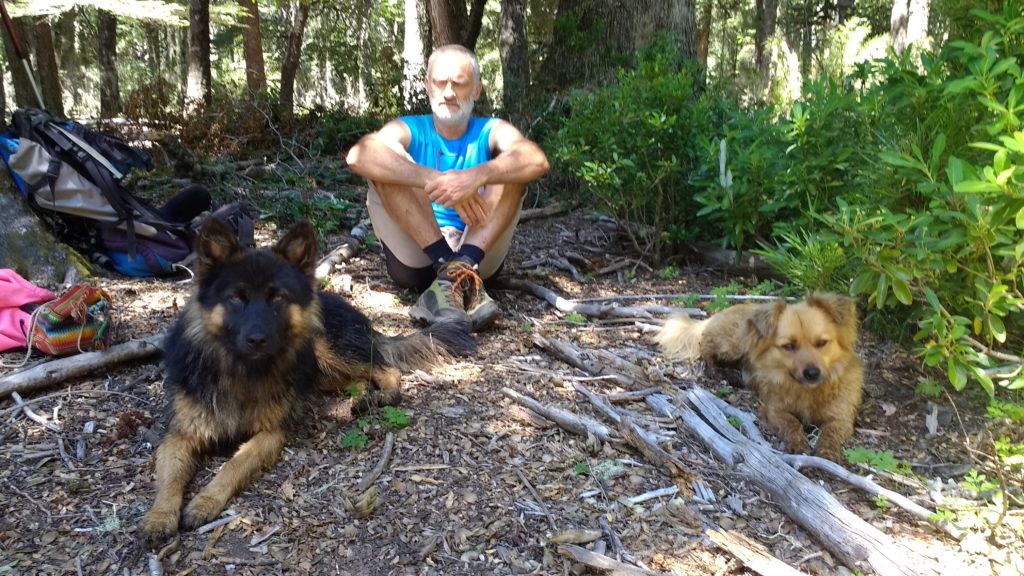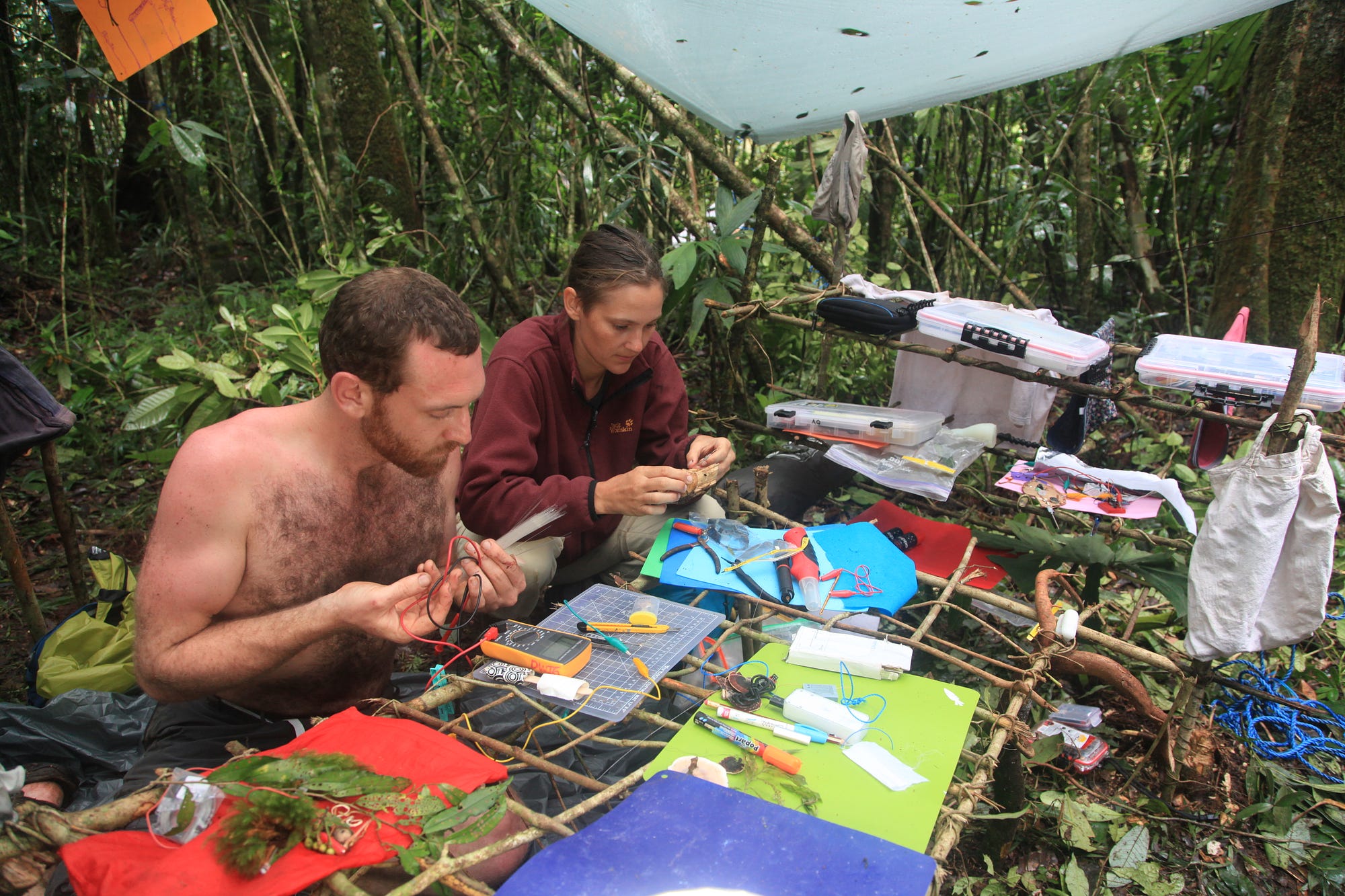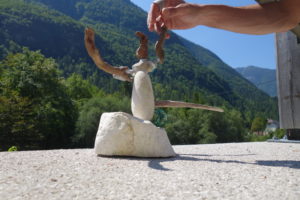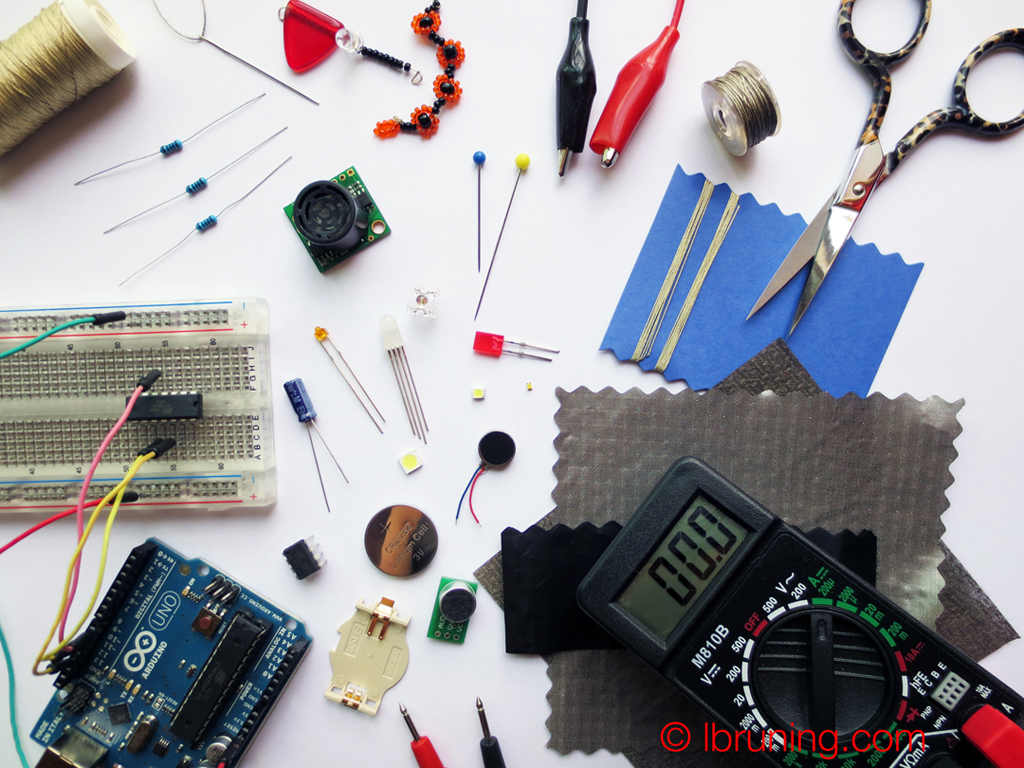Hannah Perner-Wilson and Mika Satomi from KOBAKANT will be joining PIFcamp this year to design and build “all-natural wearable technology”. Merging natural and technical materials and mechanisms to produce a new style of technological cladding – wearables that will protect us from the future.
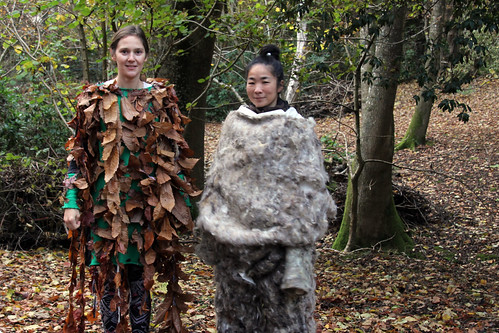
We will hunt and gather nature’s treasures from the Soca valley and investigate how we can use these resources to build a new category of wearable technology. Technology inspired by the properties, qualities, textures, colours, rules and smells of the outdoors. These wearables will make us want to run out into the wild, to make noise and take action, to express our concerns through moving our bodies in all kinds of nature.
We will investigate, make, talk, choreograph and perform!
1) INVESTIGATE nature’s ability to make sound – both analog and digital
Explore following concepts with our hunted and gathered materials:
– Resistive and piezoresistive properties of materials
– Piezoelectric properties of materials (solar cell, temperature difference, physical strain….)
– Electromagnetic pickups (generating and amplifying small voltages)
Experiment with different sound circuits:
– Those from Bastl Instruments
– We will order some 555 timers and ATtinys
– Participants please bring stuff too!
Make things loud!
– How can we amplify these sounds so that they are heard? Especially outdoors.
2) MAKE the results of our investigation wearable
– Design wearables so that we can make sound with the movements of our bodies
– Make these designs durable so that they can be worn and performed
3) TALK about nature, human nature, technology and the built environment
We will gather around the fire to share and discuss:
– What is nature, what is natural?
– How are humans and nature intertwined?
– What do we want to make noise about?
– Who are we performing for?
Some proposed texts for reading:
Donna Haraway: Staying with The Trouble
Richard Sennett: Together
4) CHOREOGRAPH a performance (a ritual, a protest, a march, a dance, a game, a movement…)
Any choreographers and performers at PIFcamp? We would love your help and input on this part!
5) PERFORM on the last day of PIFcamp
FAQ:
Q: Who can join this node?
A: You must hunt and gather, learn and share. Then you may join.
Q: What do you mean by “natural”?
A: Good question. Lets discuss.
Q: What do you mean by “make noise and take action”?
A: We will discuss together what we want to make noise and take action on. This discussion will inform what costumes we build and the choreography of our performance.
Q: What materials and tools can I contribute to this project?
A: Bring yourselves, bring your bodies, bring circuits that make sound and materials that conduct. Bring your sewing needles and pocket knives. Your hiking boots and bathing suits.
Current Dictionary Definitions:
wearable – “an item that can be worn”
cladding – “a covering or coating on a structure or material”
technical – “of, involving, or concerned with applied and industrial sciences”
natural – “existing in or caused by nature; not made or caused by humankind”
More about the project.
